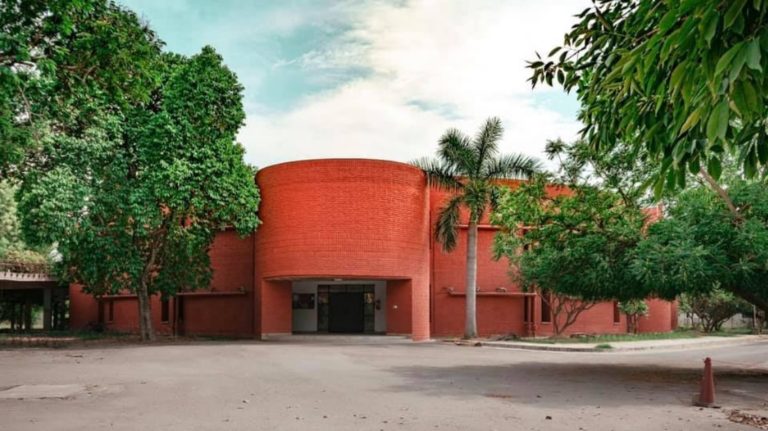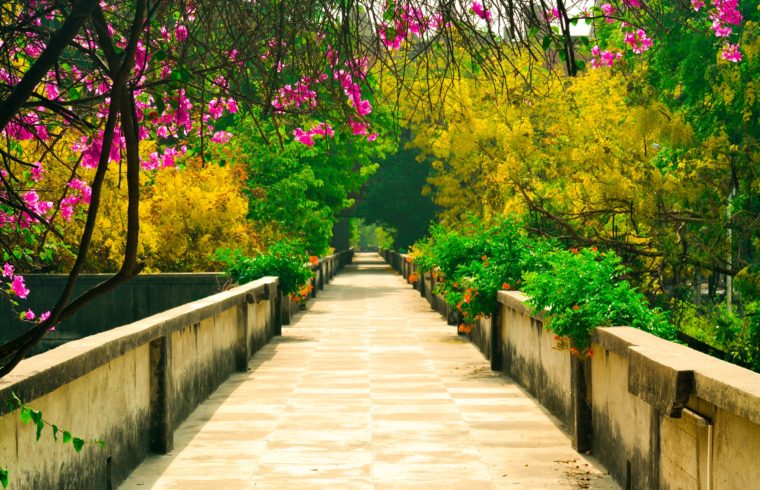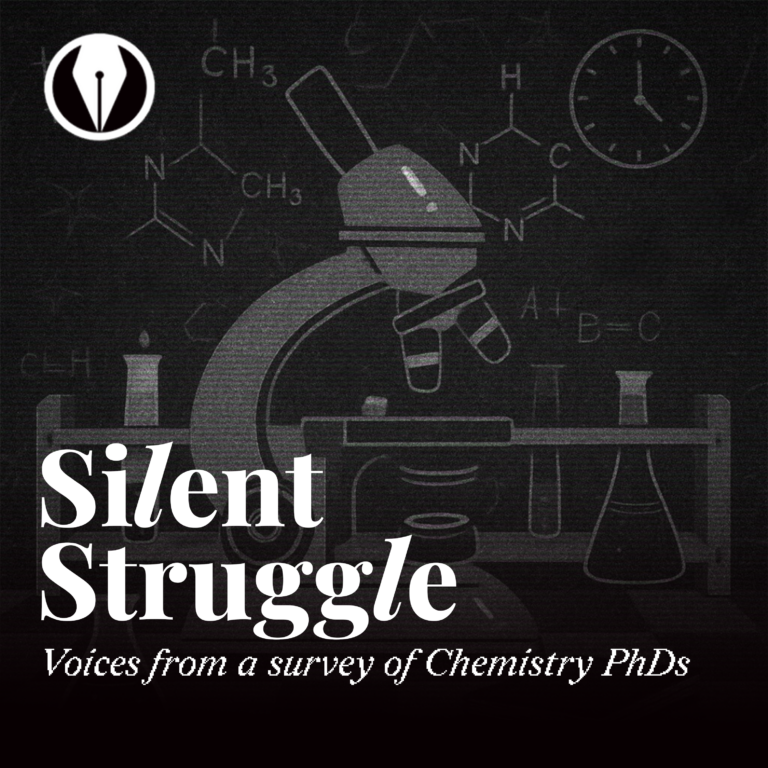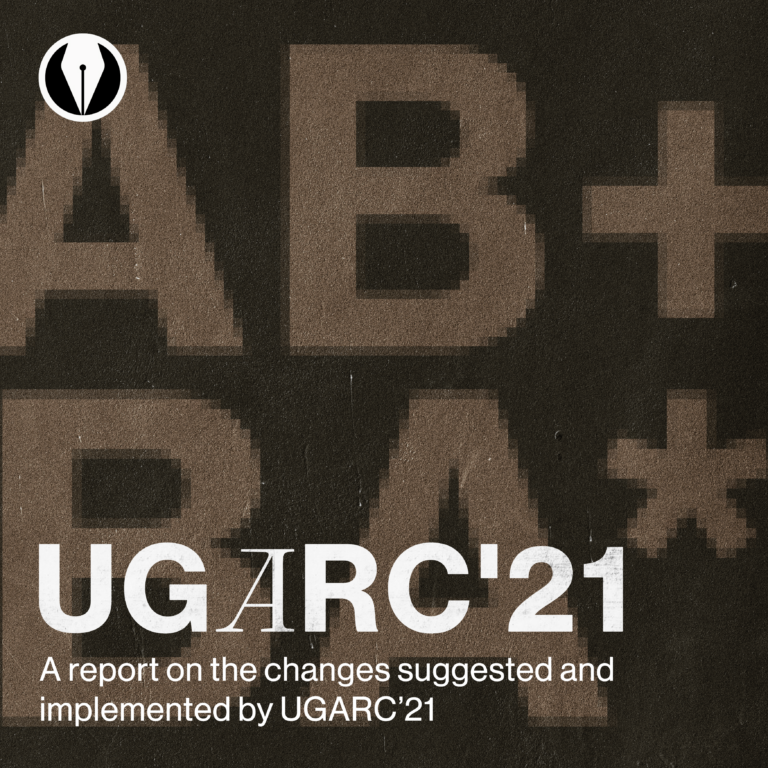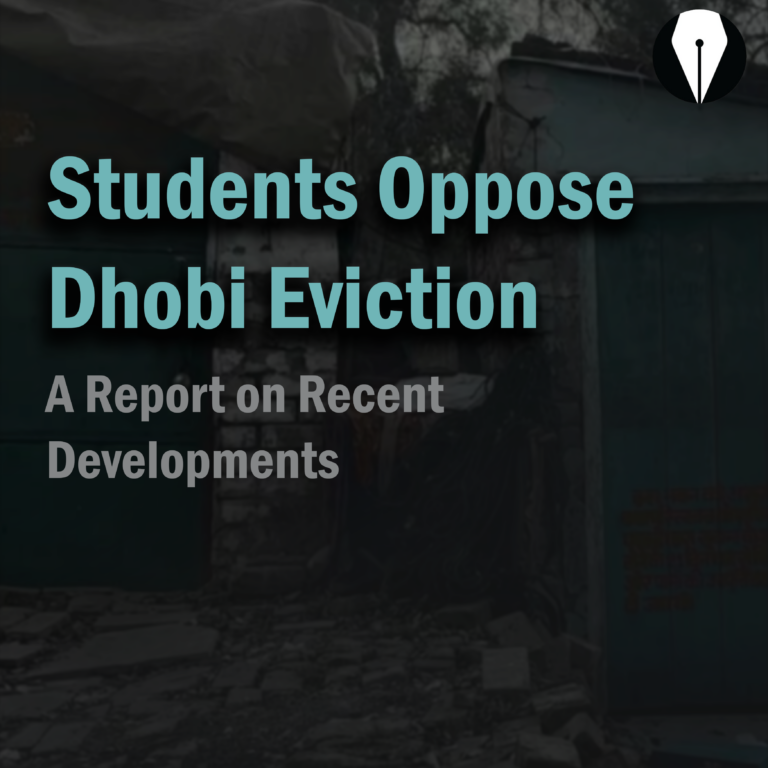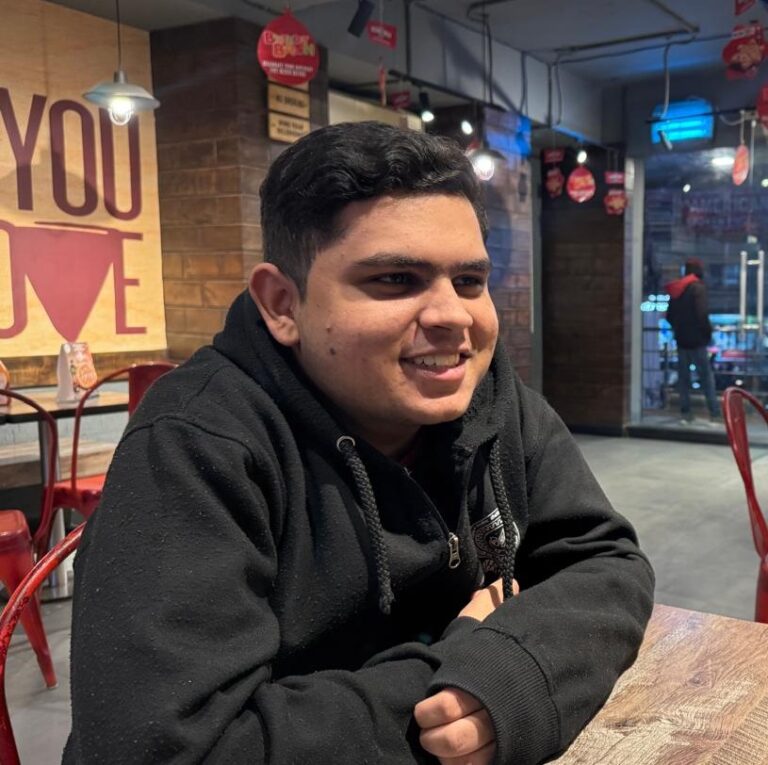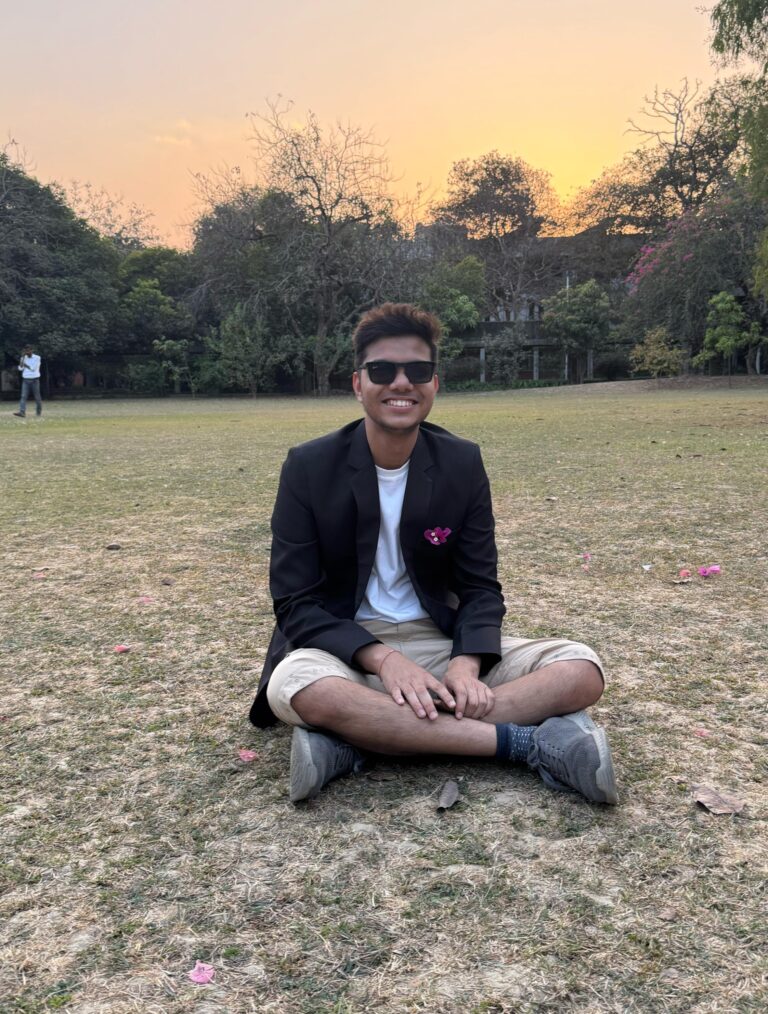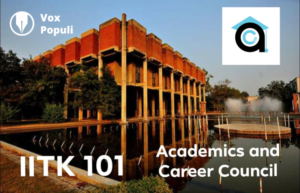Distant is the day we got a mail announcing that our Holi break is extended for 12 days. Many of us were delighted, and there was news that some hailed corona as a savior, chanting slogans like “Jai corona, jai corona!”
No one’s doing that now.
This virus took our exciting, productive, and fun-filled campus lives and turned it into a boring, bland slog of a semester. We should’ve been out there, learning and developing our lives. Handling another such semester without our friends, wingies, and MT ke chai-pakode would not be very pleasant, will it?
Let’s have a look at what’s happening in our college and around the world. We’ve done some digging and a lot of speculation to get a hint of what the future holds for us. We’ve looked into how different universities around the world are coping up and adjusting their curriculums to find a place for the real experience.
Conversation with the DoAA
Our conversation with our Dean of Academic Affairs, Professor Achla M Raina revealed that going online was not a matter of choice for the administration; it was the only recourse the Institute had, given the COVID-19 outbreak.
Having a normal semester was never a viable option because of the risks involved. Hence, we had to turn to the online mode of instruction. On the subject of assessment, a model to have an offline mid-term and end-term assessment was considered at one stage. However, since calling students from all over India for exams was again a huge gamble, outsourcing the exam was also considered. Technically a mode of exams where we could choose to give exams to a center close to our homes could also have been viable, just like it happens for JEE. In this case, however, students living in poorly connected areas would have had to travel a lot for the exams and the logistics of doing it for each of the over 500 courses would have been a nightmare.
Eventually, it was decided to have a continuous assessment scheme, so that each assessment holds comparatively less weightage and assesses a relatively smaller portion of the syllabus. This would also discourage students who were not keeping up with the Honor Code.
Another significant factor that went into this decision is the need for closure of a semester. Keeping the assessment hanging in uncertain times as these only makes things even more uncertain. This was one of the reasons the Re-examination for 2019-20-II Semester was chosen to be conducted in the middle of this semester itself, even though it had its drawbacks.
Around 40 faculty members were working to get the course materials delivered in pen drives to students who had serious problems with internet connectivity. These companions of ours are at a major disadvantage and it’s great our college is doing what it can, for them.
We need to recognize that we don’t have any good choices left. All the good choices have been laid to rest by the evolving global health crisis and we are presented with a scant amount of sub-optimal solutions. And we have to, regrettably choose one of these.
The Students’ Take
The current semester went by quite quickly due to its condensed nature but was way more challenging for most than an offline semester.
Through the initial weeks of the semester, many such out-of-the-box policies (read: experiments) passed, and many failed too, which burdened the further course of many students’ academic load. Problems faced by professors were resolved as the semester progressed. Some professors have even come up with innovative ideas for teaching and assessment.
The new batch, Y20, has joined in online mode. It is the same for them as it was in JEE days, sitting at home and studying. Till now, it’s been challenging for the Y20 batch, since they have to adjust to new ways of teaching and assessments without the help that comes with the presence of friends.
We all remember the orientation period with the initial nervousness and adrenaline rush, right? For them, the orientation was attending webinars for two straight days.
Conversation with a Residing Student
In a recent conversation with a Ph. D student currently on campus, he informed us that about 900 students opted to return when first asked by the administration. Further, the departments were asked to give a preference list for arrival, as the students would be returning in batches. This list was loosely based on seniority. On arrival, there were some checks at the institute gate, and the students had to fill a form declaring they will take necessary precautions. Regulations are being followed by the campus community and regular temperature checks are being held.
According to him, professors are very eager for the students to return to labs, although classes are to be delivered online only. The Ph.D. curriculum has been tweaked to accommodate WFH, especially the literature bit. Overall, the students back on campus seemed to be satisfied with the institute’s efforts.
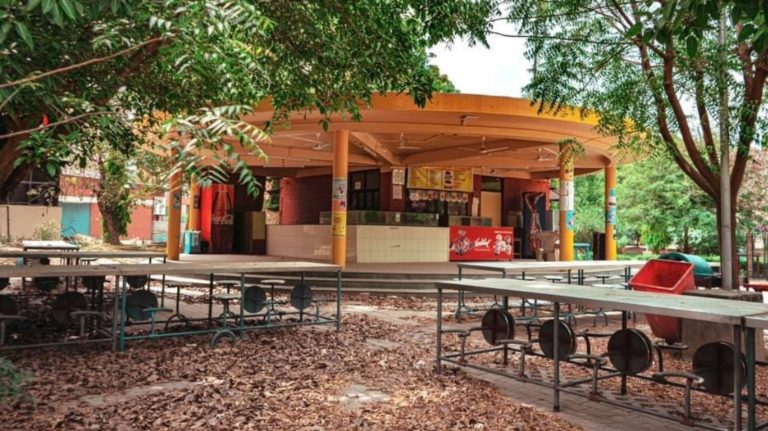
In our conversation with Vedaant Sikka, the present Convener of CoSHA (Council of Students’ Hostel Affairs) gave us insights as to how PG students have been residing on the campus. Students were called in batch sizes of around 250 and were quarantined for 14 days. Each wing had only a few rooms occupied which ensured social distancing. Food was delivered to each room by mess workers wearing a protective kit.
Coming to the campus was completely voluntary and the decision for which students to call and in what order, was handed to the departments who’d know it best.
For PGs doing experimental work, there was no way to do that from home. As for UGs, they can study online, however unrewarding or frustrating it may be. So it does make sense to start calling PGs first.
As for the prospects of UGs returning to campus, they look bleak, unfortunately. The academic calendar for next semester does not specify directly that the exams will be online though. The institute is keeping options open for now.
Challenges with calling students back
Our conversation with Nikunj Kothari, President of Students’ Gymkhana revealed the main issues that came up in the discussion of calling back students.
Initially, testing was not possible, so the only way to call any student was that we had to quarantine people and wait for the symptoms. This also limits the number of students we could call in a single batch since quarantine space is limited. This is what we had to do when we started calling PG students.
Another problem is that our college, and Kanpur as a city, are not very well equipped to deal with covid cases. There are around 3 hospitals in the entire city that are equipped to deal with COVID cases since things can get out of hand pretty quickly. Even the few people on campus who had COVID had difficulty finding a bed in these hospitals.
Also, the institute needs to be meticulous and careful regarding the wellbeing of its students. If it doesn’t seem feasible to safely call back students, the institute will have to continue in the online mode. IITM had an outbreak and they had trouble getting it under control with such great medical infrastructure. In Kanpur, it’ll be way more problematic.
Logistically as well, the college isn’t equipped to handle so many students with social distancing in place.
- Due to crowded living spaces and lack of single rooms, the risk of community transmission and hostels becoming a hotspot increases several-fold.
- Logistic issues with having hostel staff and campus workers in and out of the campus regularly which increases the exposure to the campus community.
- Teaching and academic activities that are conducted in lecture halls are in enclosed spaces and thus, possess the risk of transmission.
- With the incoming Y20 batch and increased number of female admissions, overcrowding in the girls’-hostel remains a major cause of concern.
So things do look bleak for the time being. Let’s look at a few ideas and potential solutions to some of the problems.
Any Solutions?
With the above problems in place, implementing a robust and systematic plan to bring students back is hard. Universities around the world have tried to execute this and have failed miserably sometimes, while some have carried out the process with certain poise. Some things that can be learned from their mistakes and from their plans are here:
- Rapid, cheap, and highly specific testing and surveillance of the campus community is of utmost importance to avert the risk of outbreaks.
- Having robust quarantining and isolation facilities to keep a check on the transmission of the virus.
- Non-Pharmaceutical measures like reducing campus population density, enforcing universal masking and environmental cleansing along with social distancing in common spaces are vital steps to prevent the spread of the virus.
- Having a more aware student community, which is cognizant of the hazards of contracting the virus and holds a sense of responsibility of not becoming carriers whilst they are away from their homes in such uncertain times.
So you see, nothing very new. But we wish it were feasible to implement. The honest truth about reopening the campus is that while the situation can be made safer or riskier, but there is always going to be a fuzzy demarcating line between the two.
Julia Marcus, an infectious disease expert recently explained in an interview:
“Any plan that requires a radical change in behaviours and perfect compliance is doomed to fail.”
Who’d have thought we would be gone for 10 months as we left this place for our homes back in March. But here we are, sitting in our homes, sometimes working, sometimes not, with the only social interaction being with our families and via call or text to our friends. No bicycle hitchhiking to classes, no friends to wake us up and drag us to classes, no wing hangouts, and no late-night campus walks. Our rooms gather dust, and so do we. We were supposed to still explore the campus and the people there, work in the clubs, and live out the fests again. It wasn’t supposed to be this way. But as Lemony Snicket wrote,
“Fate is like a strange, unpopular restaurant filled with odd little waiters who bring you things you never asked for and don’t always like.”
And so here we are, trying to make something with this time handed to us. Trying to stay in touch with our friends (not to mention our classes!). Wishing that the real campus experience starts sometime soon, and now we’ll appreciate it much more. That is, of course, if we are lucky to have it.
Written by: Akshat Goyal, Ananya Gupta, Aryan Pandeya, Sarvesh Bajaj
Edited by: Hemant Kejriwal
